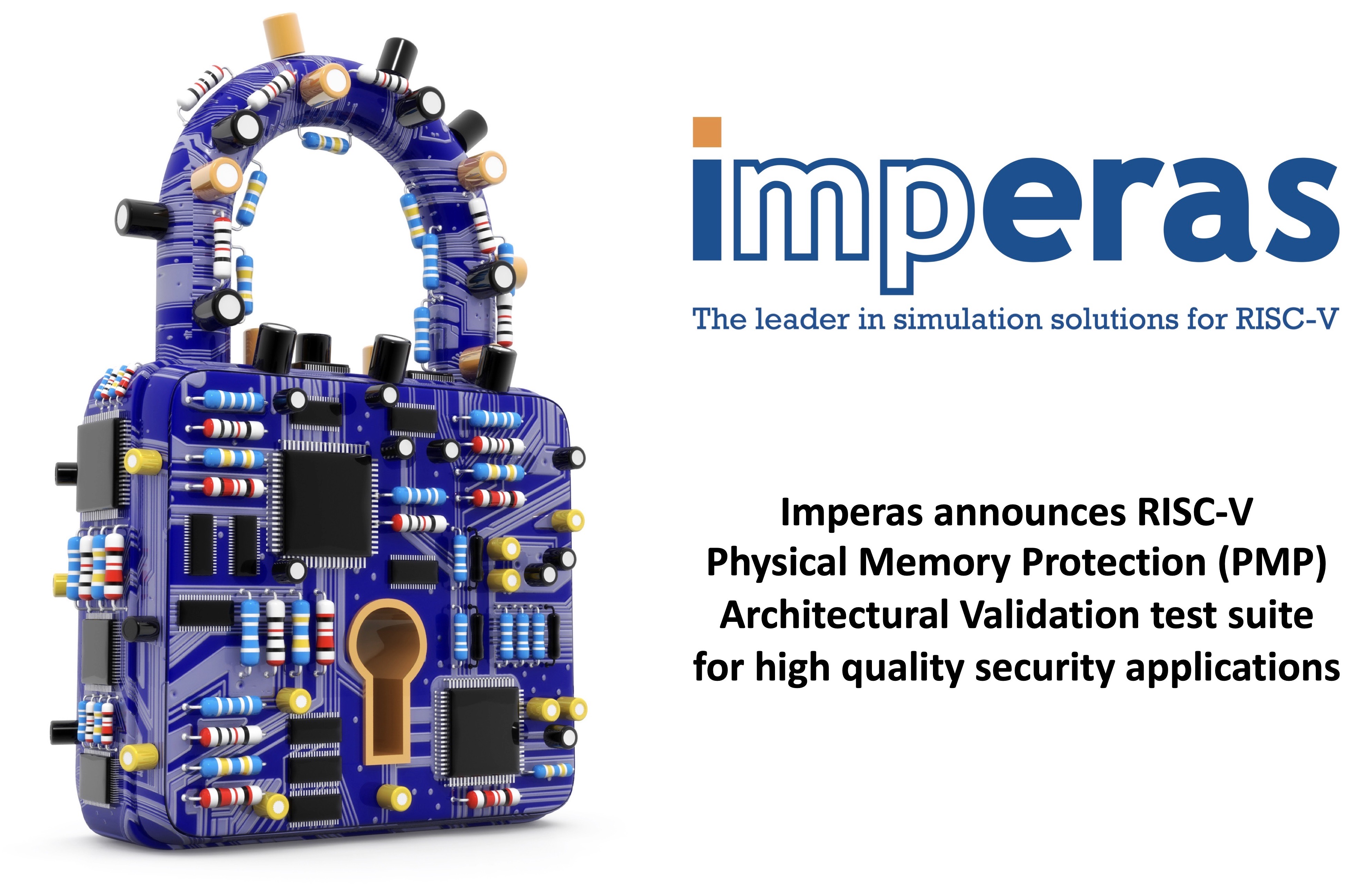The latest ImperasDV test suite for PMP covers the full envelope of configuration options
Oxford, United Kingdom – February 28th, 2022 – Imperas Software Ltd., the leader in RISC-V simulation solutions, today announced the beta release of the ImperasDV architectural validation test suites for RISC-V Physical Memory Protection (PMP). The open standard ISA (Instruction Set Architecture) of…
Interest in this particular ISA is expanding, but the growth of other open-source hardware is less certain.
There is no disputing the excitement surround the introduction of the RISC-V processor architecture. Yet while many have called it a harbinger of a much broader open-source hardware movement, the reasons behind its success are not obvious, and the implications for an expansion of more open-source cores is far from certain…
…
Chip design complexity is overwhelming them, and they are prone to errors. However, they’re still useful for some jobs.
Spreadsheets have been an invaluable engineering tool for many aspects of semiconductor design and verification, but their inability to handle complexity is squeezing them out of an increasing number of applications.
This is raising questions about whether they still have a role, and if so, how…
This brief outline gives an overview of the open methodology and standards-based environment for the verification of the RISC-V based open-source CV32E40P core.
Open-source has two attractive aspects, typically the freedom to modify and adapt the base design offers flexibility beyond the more constrained options with commercial solutions. Secondly, the price - at least the upfront investment is just the…
Unexpected upside driving the semiconductor and EDA industries into 2022.
The success and health of the semiconductor industry is driven by the insatiable appetite for increasingly complex devices that impact every aspect of our lives. The number of design starts for the chips used in those devices drives the EDA industry.
But at no point in history have there been as many market segments driving innovation as there are today.…
How much do we pay for a system to be programmable? It depends upon who you ask.
Programmability has fueled the growth of most semiconductor products, but how much does it actually cost? And is that cost worth it?
The answer is more complicated than a simple efficiency formula. It can vary by application, by maturity of technology in a particular market, and in the context of much larger systems. What’s considered…
Is there room for an even smaller version of a RISC-V processor that could replace 8-bit microcontrollers?
Microcontrollers exist in almost everything, but can RISC-V satisfy the needs of this market? Is it small enough to replace 8-bit processors? What might help people migrate to a more modern processor architecture?
RISC-V defines a 32-bit processor instruction set architecture (ISA) that is open…
To read the full …
As we look back over 2021, there have certainly been some surprises, but the industry continues to take everything in its stride.
Early in the year, everyone expected that the availability of COVID vaccines would signal the start of a return to normal, but that has certainly not been the case. Now the industry is taking a longer-term view about how to transform business, what is necessary for people to maintain…
Cache coherency is expensive and provides little or negative benefit for some tasks. So why is it still used so frequently?
Cache coherency, a common technique for improving performance in chips, is becoming less useful as general-purpose processors are supplemented with, and sometimes supplanted by, highly specialized accelerators and other processing elements.
While cache coherency won’t disappear anytime…





